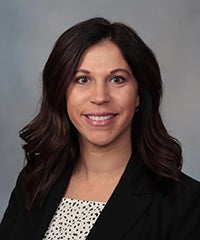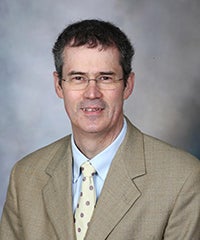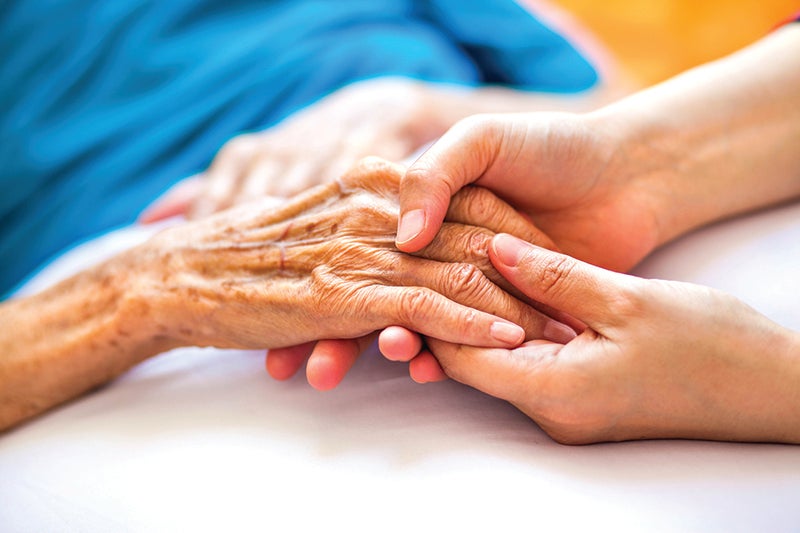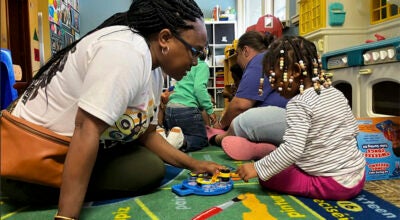Hospice program transforms through pandemic, but key goals remain for caregivers
Published 5:23 pm Wednesday, November 3, 2021
|
Getting your Trinity Audio player ready...
|
Though the COVID-19 pandemic has brought changes to Mayo Clinic’s Hospice program, the goals of the program and the care of staff who are a part of it has not wavered, said two leaders of the program in an interview this week.
Ashly Davidson, one of three nurse managers that supports Mayo Clinic Hospice, said staff had to adjust the program almost daily during the height of the pandemic, depending on direction from the Minnesota Department of Health and Centers for Disease Control and Prevention. She said some practices had to be deactivated for a time, but were reactivated in the fall of 2020.

Ashly Davidson
“We’re happy to say a lot of our services didn’t change — our nurses in the homes, that didn’t change,” Davidson said. “Our care was unwavered in the level of care we provided.”
Hospice is a service provided in the last six months of life for patients wherever they call home — whether that is in a skilled facility, a hospital or a home — Davidson said.
She and Medical Director Kevin Whitford said that can include both core services and ancillary services, including everyone from nurses to social workers, aides, nurse practioners, integrative therapists and outpatient therapists, volunteers, chaplains and others. There are also services provided to the patient’s family members.
Whitford said the program tries to partner with any facilities that a patient may live in, as well as to complement whoever the family identifies as their main spiritual support.
“We always have a goal of supporting where the patient needs are,” he said.

Kevin Whitford
Telehealth played a large role during the pandemic, as well, as did technology to connect patients with family members.
A large part of the hospice program is also volunteers, and though volunteer service has changed during the pandemic, it continues in other forms, they said.
Volunteers are still not able to be in patients’ homes, but they are able to do things such as write letters, make crafts or sew blankets or pillowcases.
They said the program is always looking for new volunteers, and volunteer duties can include things such as office duties as well.
Whitford said Medicare’s requirement that there be volunteers in hospice programs is a great way to engage the community. Many volunteers previously had a loved one who was in hospice or saw someone else who utilized services.
“It’s a wonderful opportunity, and we have been blessed by very engaged volunteers,” he said.
Albert Lea and Austin’s hospice programs in early October integrated into Mayo Clinic Hospice, which they said brings expanded resources, shared best practices and cross coverage.
They will keep the local nature of the program, however, by keeping local offices and local volunteers.
If anyone is interested in becoming a hospice volunteer, they can call 507-377-6393. Volunteers go through extensive training and are just as valuable as other members of the care staff, they said.
“That’s really what makes us who we are,” Whitford said.





